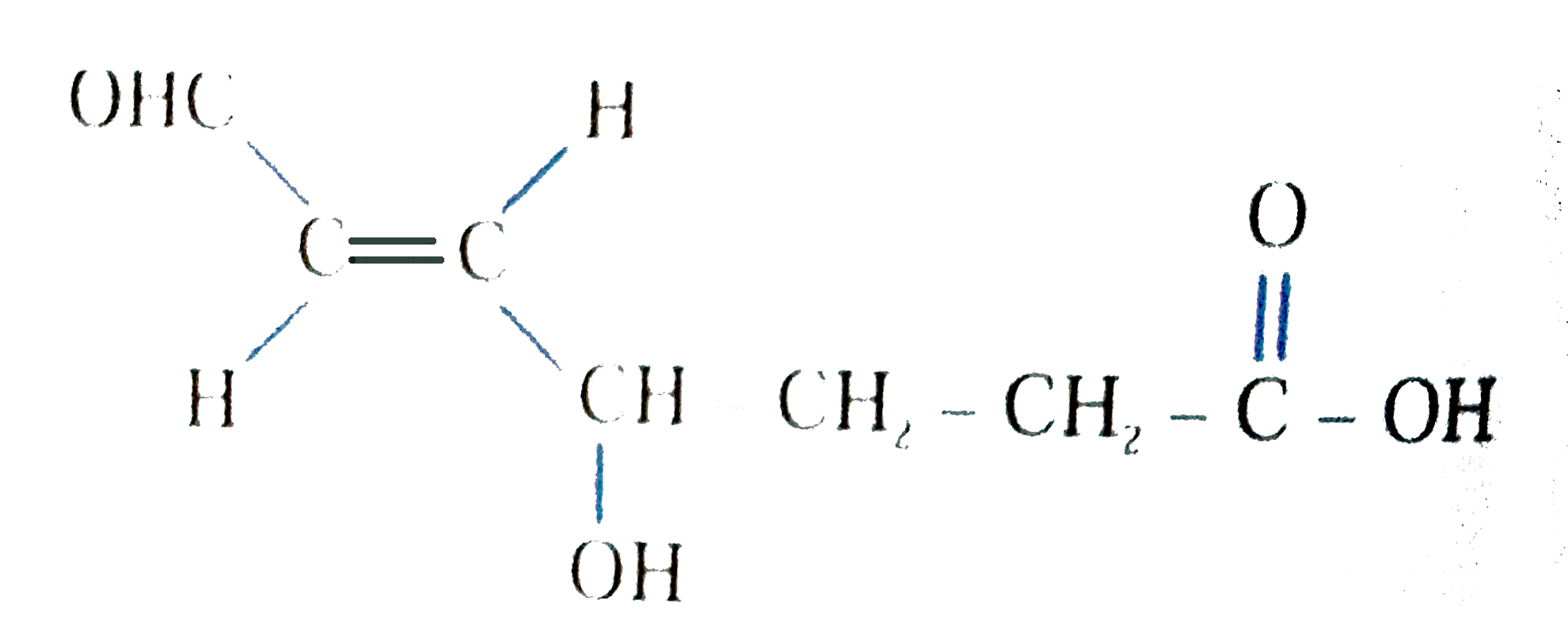The isomerization of cyclopropane to form propane is a first order reaction. At 760K,85% of a sample of cyclopropane change to propane in 79min. Calculate the value of the rate constant.
2.42−1min
3.66×10−2−1min
2.40×10−3−1min
1.04×10−2−1min
The correct Answer is:C
K=2.303tlogaa−x
=2.30379log100100−85
K=2.4×10−2−1min
Topper's Solved these Questions
- CHEMICAL KINETICS BOOK - NARAYNACHAPTER - CHEMICAL KINETICS EXERCISE - EXERCISE -2 (C.W) HALF LIFE
4 Videos
- CHEMICAL KINETICS BOOK - NARAYNACHAPTER - CHEMICAL KINETICS EXERCISE - EXERCISE -2 (C.W) COLLISION THEORY
2 Videos
- CHEMICAL KINETICS BOOK - NARAYNACHAPTER - CHEMICAL KINETICS EXERCISE - EXERCISE -2 (C.W) RATE OF REACTION & FACTORS
31 Videos
- CARBOXYLIC ACIDBOOK - NARAYNACHAPTER - CARBOXYLIC ACIDEXERCISE - All Questions
288 Videos
- CHEMISTRY IN EVERYDAY LIFEBOOK - NARAYNACHAPTER - CHEMISTRY IN EVERYDAY LIFEEXERCISE - ASSERTION & REASON TYPE QUESTIONS
10 Videos
Similar Questions
The half life period of a first order reaction is 10 minutes . The time required for the concentration of the reactant to change from 0.08 M to 0.02is :
View SolutionFor A+B→C+D,ΔH=−20kJmole−1. The activation energy for the forward reaction is 85 kJ. Then the activation energy for the backward reaction is ___
View SolutionFor the elem entary reaction 2A→C the concentration of A after 30 minutes was found to be 0.01 mole/lit. If the rate constant of the reaction is 2.5×10−2 lit mole−1sec−1 the rate of the reaction at 30 minutes is
View SolutionProvide IUPAC name of the compound given below.

View Solution(A) Analgesics bring down body temperature during high fever.
(R ) Tetracyclin is a tranquillizer.
View SolutionConsider the following two reactions: i. Propene +H_(2) rarr Propane, DeltaH_(1) ii. Cyclopropane +H_(2) rarr Propane, DeltaH_(2) Then, DeltaH_(2) - DeltaH_(1) will be:
View SolutionThe isomerization of cyclopropane to form propane is a first order reaction. At 760 K, 85% of a sample of cyclopropane change to propane in 79 min . Calculate the value of the rate constant.
View SolutionPropane may be obtained by the catalytic hydrogenation of
(i) cyclopropane
(ii) propene
(iii) propyne
View SolutionWhich of the following is the correct statement regarding relative acidic character of cyclopropane and propane?
View SolutionCyclopropane rearranges to form propane : DeltararrCH_(3)-CH=CH_(2) This follows first order kinetics. The rate constant is 2.174xx10^(-3) "sec"^(-1) . The initial concentration of cyclopropane is 0.29 M . What will be the concentration of cyclopropane after 100 sec
View SolutionCyclopropane rearranges to form propene Delta to CH_(3) - CH = CH_(2) This follows first order kinetics . The rate constant is 2.714 xx 10^(-3) sec^(-1) . The initial concentration of cyclopropane is 0.29 M . What will be the concentration of cyclopropane after 100 sec .
View SolutionConsider the following two reactions : (i) "Propene "+H_(2) rarr "Propane, "DeltaH_(1) (ii) "Cyclopropane"+H_(2)rarr"Propane, "DeltaH_(2) Then, DeltaH_(2)-DeltaH_(1) will be
View Solution(A) Propene and cyclopropane both give addition reactions only . (R ) propane and cyclopropane are chain isomer.
View Solution, This reaction follows first order kinetics. The rate constant at particular temperature is 2.303xx10^(-2)"hour"^(-1) . The initial concentration of cyclopropane is 0.25 M. What will be the concentration of cyclopropane after 1806 minutes? (log 2 = 0.3010)
View SolutionWhy is cyclopropane more reactive than propane ?
View SolutionCyclopropane rearranges to form propene to CH_(3) - CH = CH_(2) This follows first order kinetics. The rate constant is 2.714 xx 10^(-3) sec^(-1) . The unitial concentration of cyclopropane is 0.29 M. What will be the concentraion of cyclopropane after 100 sec?
View Solution
